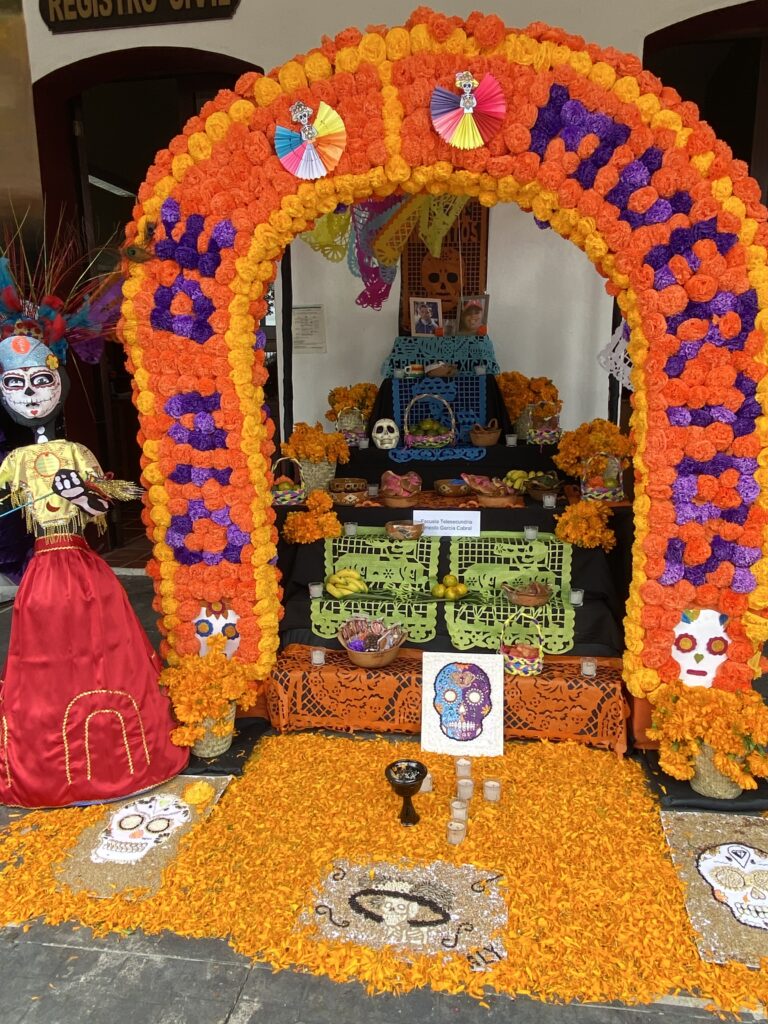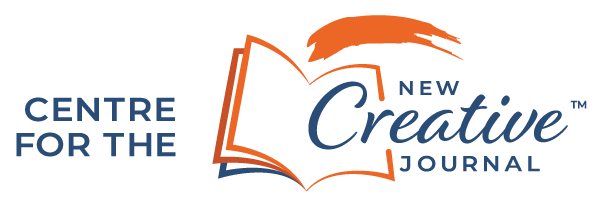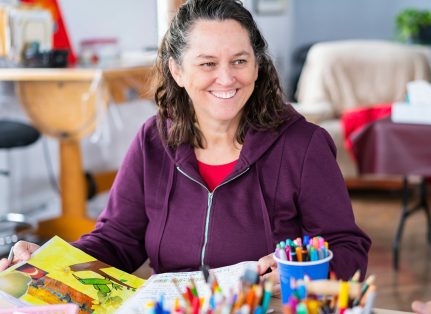This Fall was my second visit to Mexico during the Day of the Dead. I am impressed by this celebration which lasts several days and is made up of various rituals, processions, and decorated altars, both public and in people’s homes.
The Day of the Dead is a pre-Hispanic tradition combined with Christian rituals brought over by the Spanish who changed the dates to correspond with All Saints Day. Civilizations such as the Aztecs believed death was important because it marked the end of a cycle and the beginning of a voyage towards another world, a voyage that held many challenges. These rituals are aimed at honouring those that have passed while also helping them on their journey.
Something I find particularly touching is that each day is dedicated to a specific group of dead, beginning on October 27th with companion animals, since they are the ones who will help us transition from one world to the next. The following day is dedicated to those who died tragically or violently, then those who have drowned, followed by those that are “forgotten,” meaning those who have no family to mourn them. November 1st is dedicated to children who have died, and the last day, November 2nd, is reserved for adults that have disappeared. On this last day, families gather in cemeteries to clean and decorate their family plot. Food and music are shared during this time.
Altars
The altars that are built in public spaces and in homes are veritable works of art! They are created with patience, decorated with flowers, photos and candles, and food and drink the deceased enjoyed while living. Each element has a significance. A path is created with flowers and candles to guide the deceased on their journey. An arch made of flowers represents the entrance to the other world, and a cross serves as a compass. Water is laid out to symbolise purity and transformation (to help cleans the departed’s soul) while incense purifies and safeguards against bad energy. Papel picado, beautifully intricate paper cutouts, represent the wind, and they create an element of surprise and delight. Little cranes made out of sugar bring a touch of sweetness for the voyage and Bread of the Dead is a sweet bread that is decorated with motifs and which represent a fraternal offering to be shared between the living and the dead.



Since my mother passed in November a few years ago, I have gotten in the habit of creating a small altar at home, somewhat inspired by this tradition. I lay out a colourful tablecloth, her ashes, her photo, as well as objects she enjoyed. If someone else has passed during the year, I include their photo as well. This year, I added paper picado. Its vibrant colours add a festive touch to my altar.
Altars give meaning to the passage from one world to the next and they help those left behind to feel that they are accompanying, remembering and taking care of the person who was dear to them. To my mind, they can be a great help in the grieving process. While we can create elaborate altars like the Mexicans, we can also create smaller spaces in our journals to anchor rituals that help heal us. Here is a proposed exercise to do in your journal.
An Altar In My Journal
It’s possible to create a small altar in our journals, one that folds in on itself when our journal is closed, but that can be re-opened at will. We can also choose to leave the page open, light a candle and simply reminisce.
- On a blank page of your journal, create a soothing background with either a magazine image or by spreading out a soothing colour using a plastified card.
- Print this model of an altar on cardstock, cut it out and fold it along the dotted lines.
- Glue a photo of the person you wish to honour in the centre of the altar (this could also be a beloved pet or any other loss you wish to commemorate). Decorate the altar as you wish, or let yourself be inspired by Mexican symbols.
- Glue the base of the altar in your journal, low enough on the page so you can close it without the altar protruding. When you feel moved to do so, stand the altar, light a candle and do a little meditation or say a prayer.
Conclusion
The Day of the Dead is a unique kind of celebration, now recognised as an Intangible Cultural Heritage of Humanity by UNESCO. It pays homage to life and death in a colourful and touching way. What strikes me most is that it is possible to create festive, vibrant, colourful and artistic celebrations around a difficult subject, one in which the whole family can participate. I’ve even been told there is sometimes a burlesque aspect to this celebration which is aimed at laughing at death, or even delaying it somewhat. In a culture where everything surrounding death is often rushed (in my view, at least), and where the grieving process is often glossed over, I thank the Mexicans for the inspiration with which they have provided me.
Anne-Marie Jobin
Special thanks to Angel Gabriel Cabal et Martha De La Cruz for their contribution.



